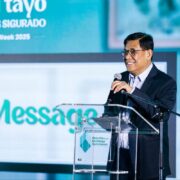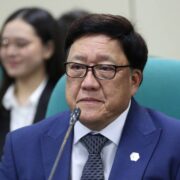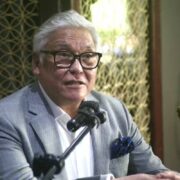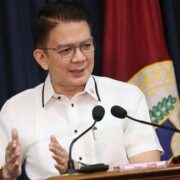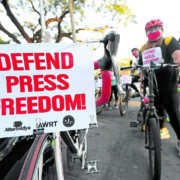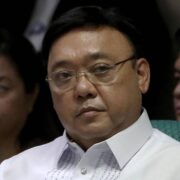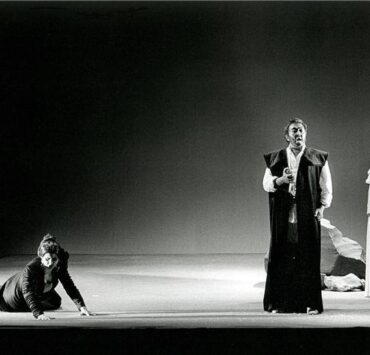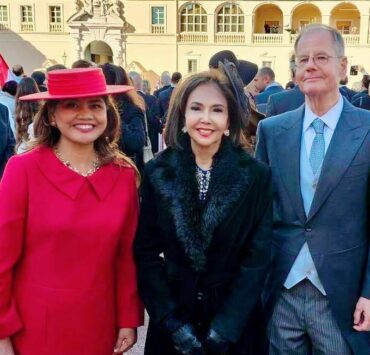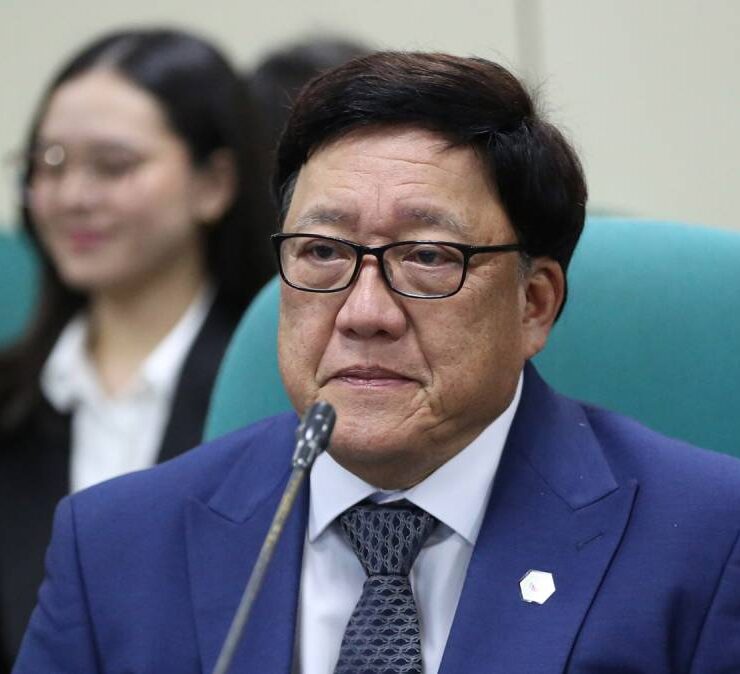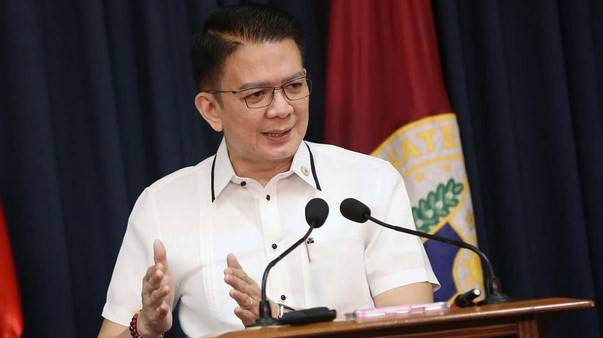Bulacan pays homage to trailblazing historian
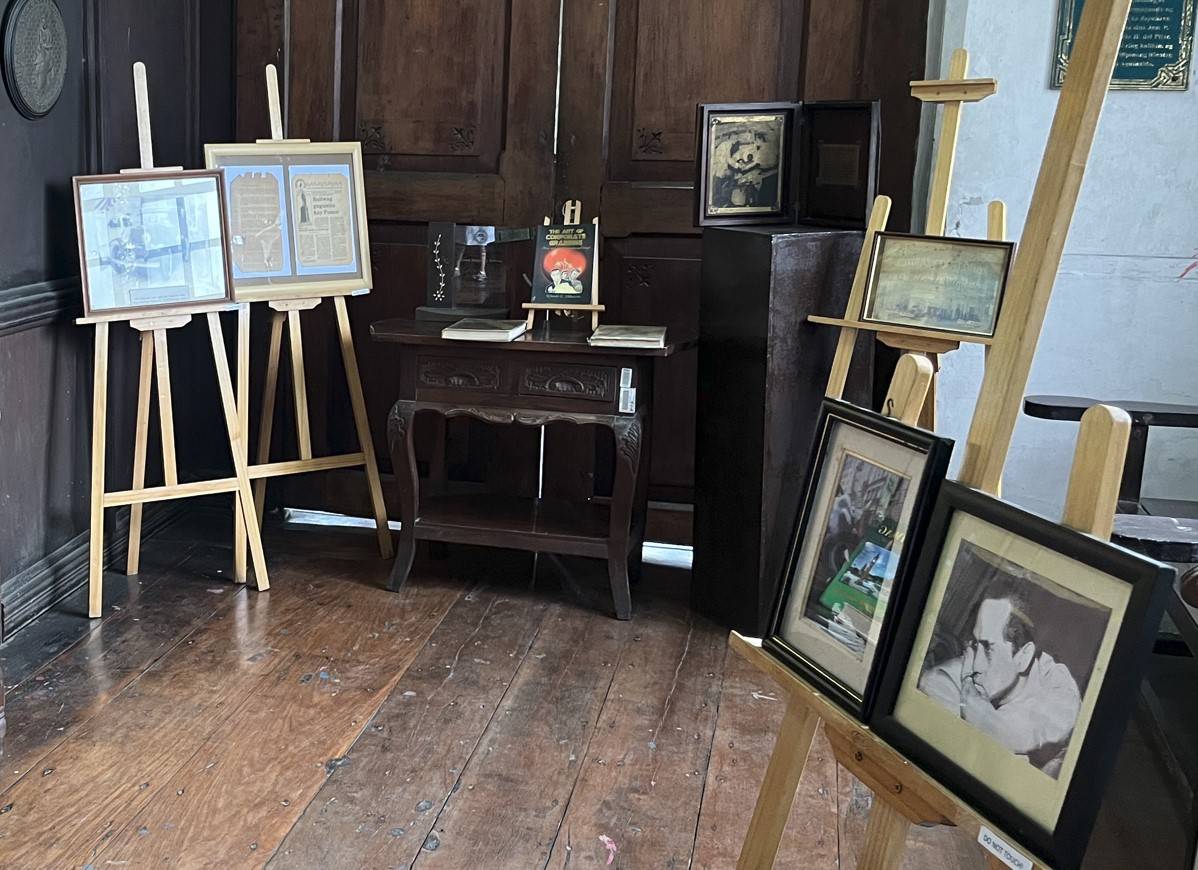
More than four years after his passing, journalist-historian Rolando Villacorte (1929-2020) is finally home in Baliwag, Bulacan, with his ashes recently interred at the city’s Catholic cemetery as he had wished.
Prior to the burial, he was accorded a tribute by the local and provincial government, the local historical group Pangkat Saliksik ng Kasaysayan ng Bayan (Pasakaba), and his family and relatives led by his wife Violeta.
The tribute was held at Baliwag’s Lumang Munisipyo or Museo ng Baliwag, a heritage building Villacorte helped save from ownership transfer and possible sale in the 1970s.
Villacorte’s efforts proved providential as more than three decades later, the building was declared an important cultural property by the National Museum in 2015 due to its social and architectural significance.
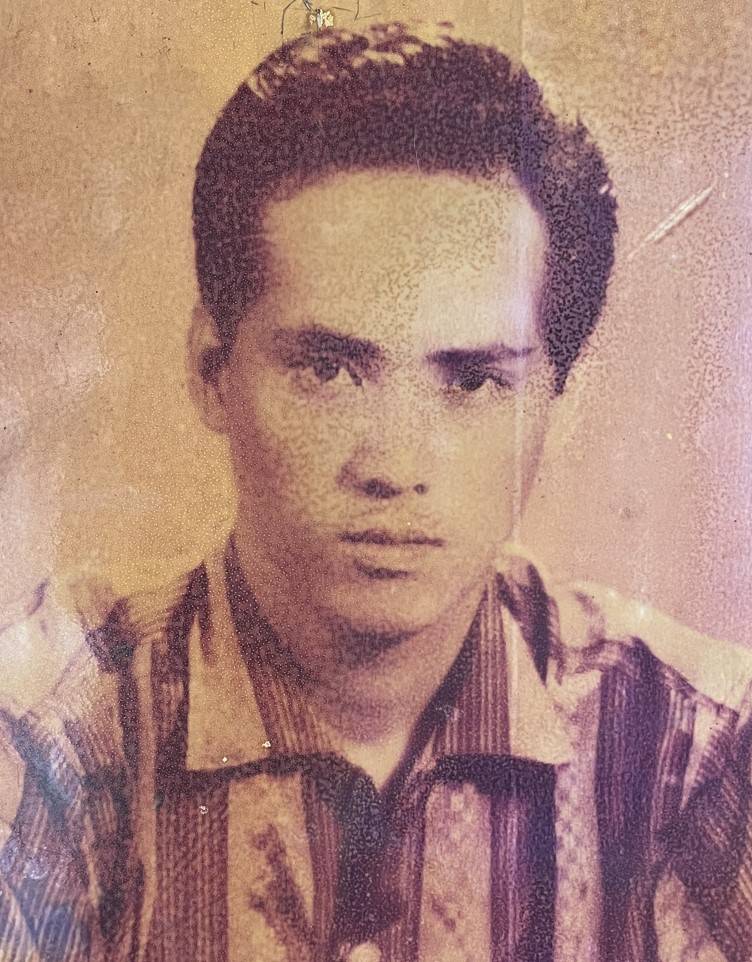
Built in the 19th century, the building, originally owned by the Gonzales family, is one of the very few remaining Spanish-era grand bahay na bato in Baliwag.
May Arlene Torres, head of the Bulacan Provincial History, Arts, Culture and Tourism Office (PHACTO), honored Villacorte for his important contribution to Philippine history as the author of the seminal book on local history, “Baliwag Then and Now.”
Published in 1970, 1985, and 2001, Villacorte’s book, she said, is not only part of the legacy or heritage of the people of Bulacan, but also of the Filipino people.
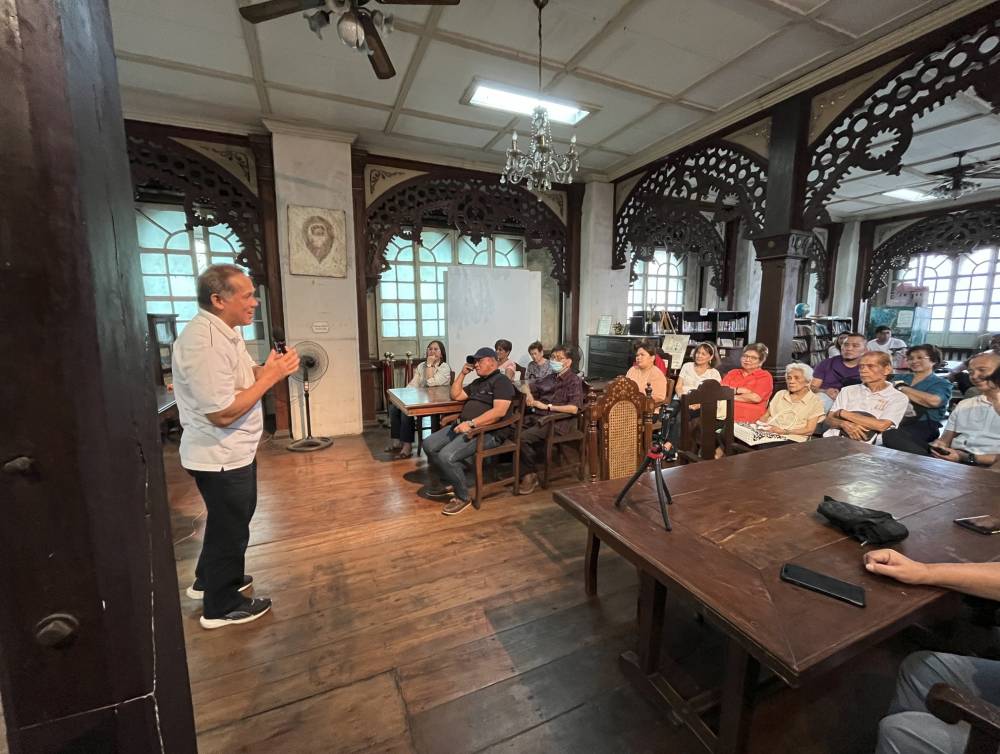
In 2021, during history month, Villacorte was one of seven Filipino historians honored by the National Historical Commission of the Philippines-led National Quincentennial Committee for their role in the study and diffusion of Philippine history. He was honored alongside Isabelo de los Reyes, Teodoro Kalaw, Carmen Guerrero-Nakpil, Nicolas Zafra, Renato Constantino, and Zeus Salazar.
It noted that Villacorte’s Baliwag book served as one of the models for local history research and writing for other provinces in the country.
In the first edition of the Baliwag book, Guerrero-Nakpil, then chairperson of the National Historical Commission, said her agency “hails the publication of one such devoutly wished for history.”
She added that “Villacorte’s dedication, capacity for taking pains and warmth of heart have produced this commendable contribution to history and the quality of Filipino life.”
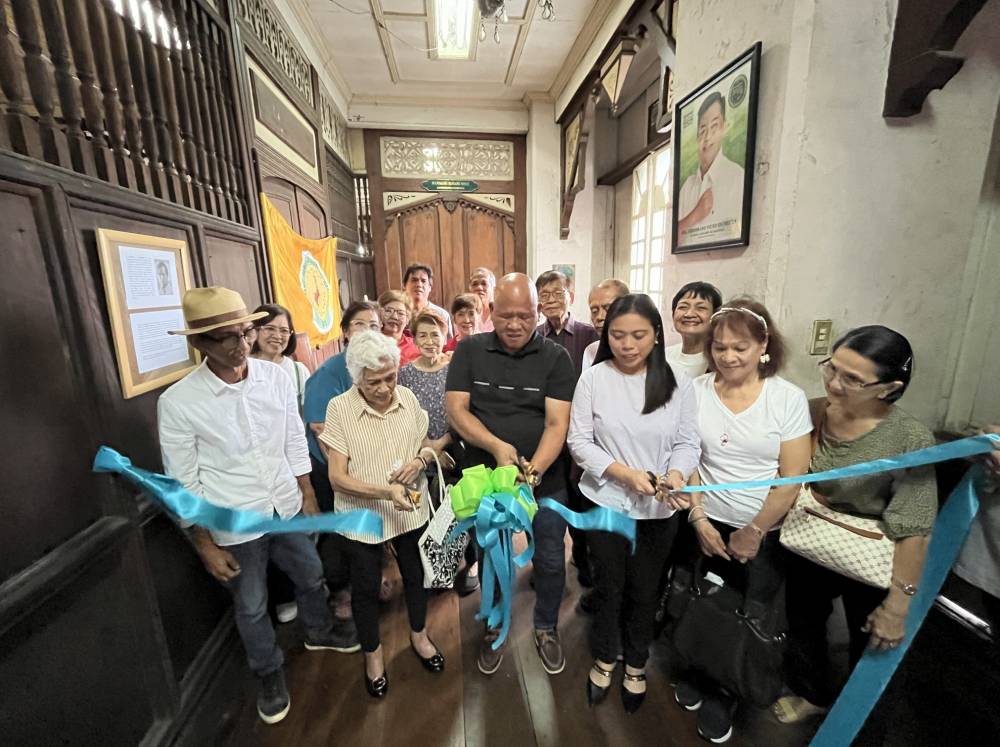
Cherished historian
Pedrito Cabingao of Pasakaba said that Villacorte was a great gift to the country and Baliwag is lucky to have him as its cherished historian, noting that Villacorte’s book is the first book on local history in the province, a product of his diligence in research and documentation.
Baliwag Museum curator and councilor Joel Pascual stressed Villacorte’s invaluable contribution to the history of Baliwag, Bulacan, and the nation in general, while Villacorte’s wife said she and the family are thankful for the tribute given to her husband who “really loved his hometown.”
Coinciding with the tribute was an exhibit of Villacorte’s memorabilia, also held at the Museo ng Baliwag. It featured some of his archival images, certificates, and plaques, and the flag of the historical group he founded in 1970, the Lipunang Pangkasaysayan ng Baliwag.
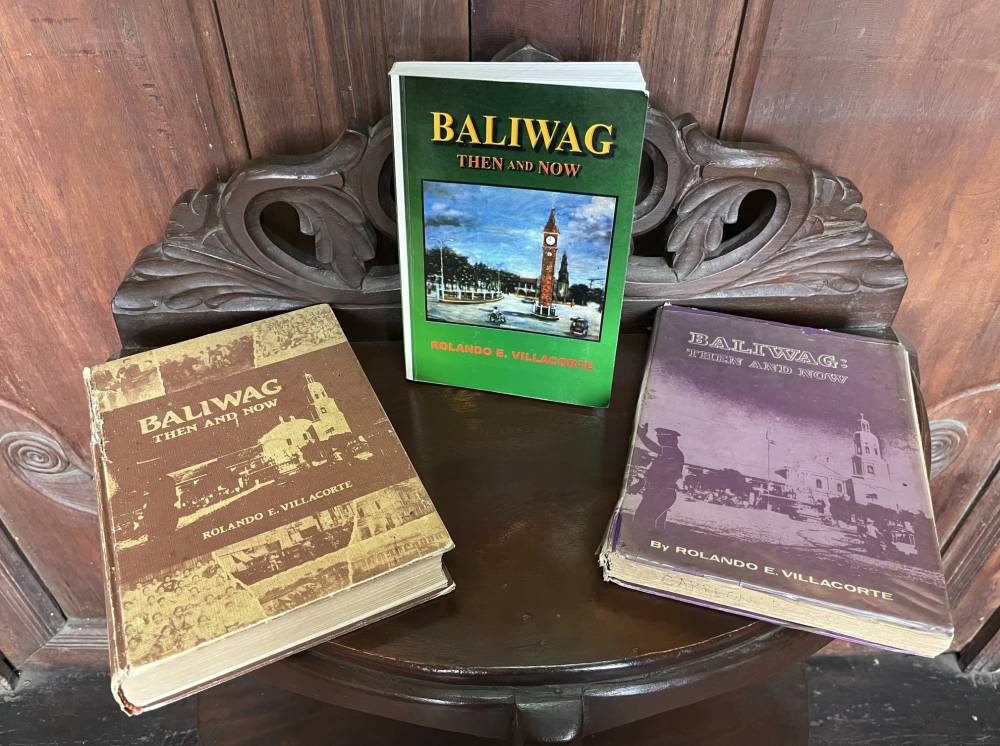
The exhibit also featured other books he authored, apart from “Baliwag Then and Now.” These include “Philippine Constitution: Explained and Illustrated,” published in 1975 with foreword by former President Diosdado Macapagal; “The Real Hero of Edsa” (1988); and “The Art of Corporate Grabbing” (2003).
Another book he wrote is “Killing the Spider: Memoirs of Engr. Vicente C. Ponce” (2010).
From 1950, Villacorte had a long career in journalism as a news correspondent for the Evening News and Philippine News Service, and writer for the magazines Philippines Free Press, Sunday Times Magazine, and Weekly Nation.
He also worked at the Malacañang Press Office and held various posts in the Quezon City government.
Apart from being a journalist-historian, Villacorte was also a visual artist, doing sketching and oil paintings in his spare time.

